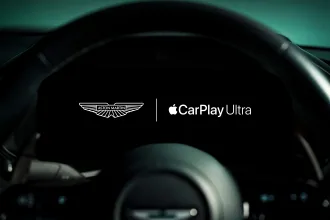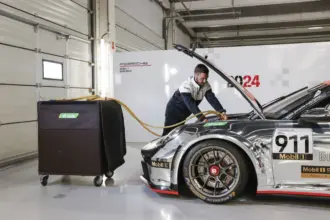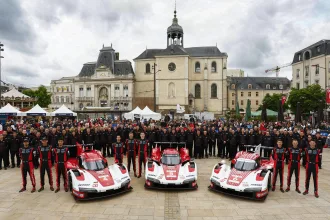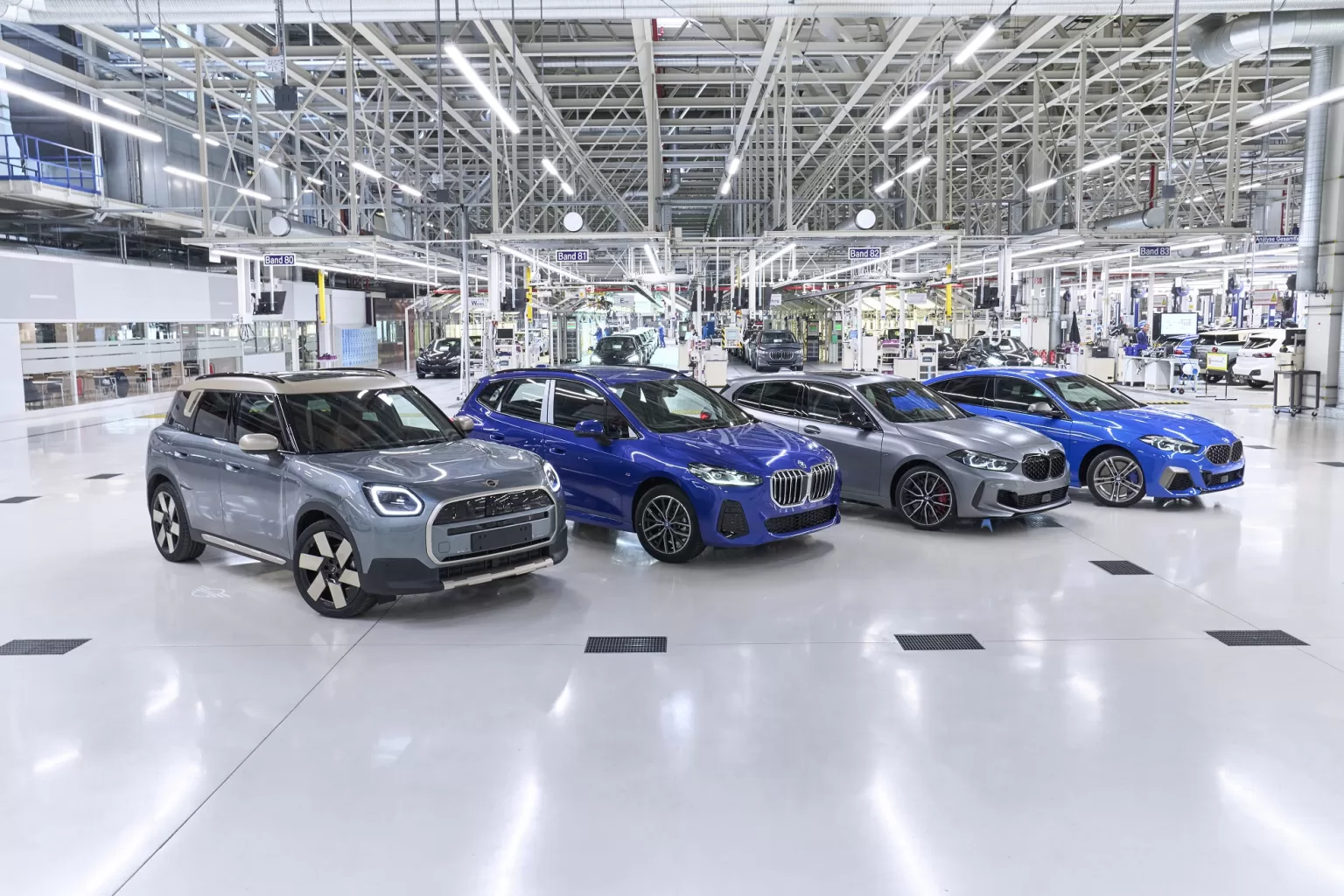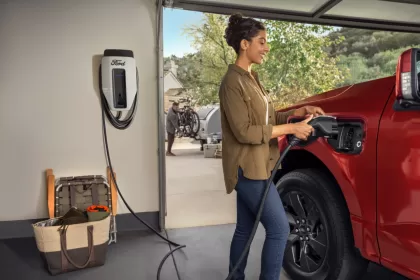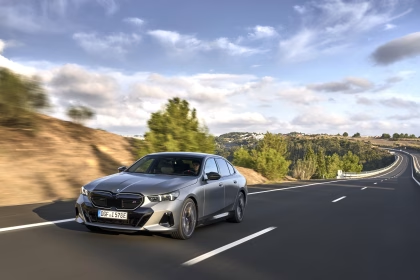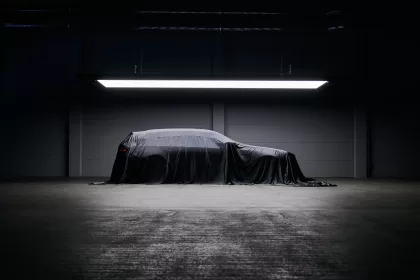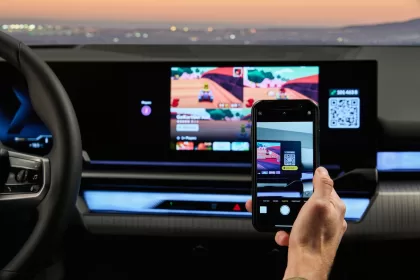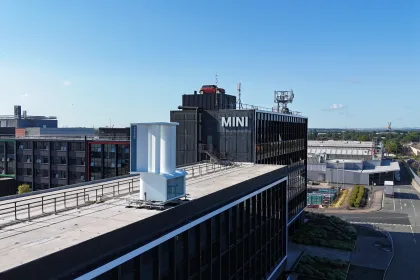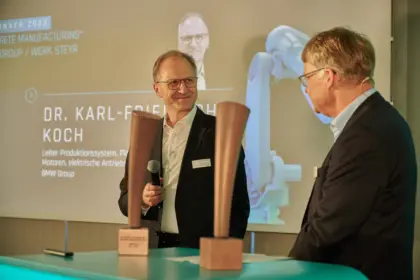The start of MINI Countryman production marks a number of firsts and milestones for BMW Group Plant Leipzig: for the first time, a MINI model is being made in Germany – on the same production line as the BMW 1 Series and 2 Series. It’s all made possible by the plant’s flexible structures and development. Over the last five years the BMW Group has invested €700 million to ready Leipzig for increased vehicle volumes and adapt it for MINI-specific requirements. By the end of 2024 the workforce in production will increase by over 900. In addition, the new MINI Countryman is a catalyst for innovations in sustainable production.
“By launching production of the MINI Countryman here in Leipzig, we are introducing multibrand operations to our flexible production system,” explained Milan Nedeljković, Board Member for Production. “Plant Leipzig also offers a number of highlights in terms of resource conservation in production, providing further evidence of the successful rollout of our long-term masterplan: the BMW iFACTORY.”
Seamless integration through flexible structures
When it comes to production of the new MINI Countryman, the BMW Group is building on the skills and extreme flexibility of Plant Leipzig to forge new pathways in manufacturing. Seamlessly integrated into the production process, the MINI Countryman now rolls off the same assembly line as the BMW 1 Series, BMW 2 Series Gran Coupé and BMW 2 Series Active Tourer.
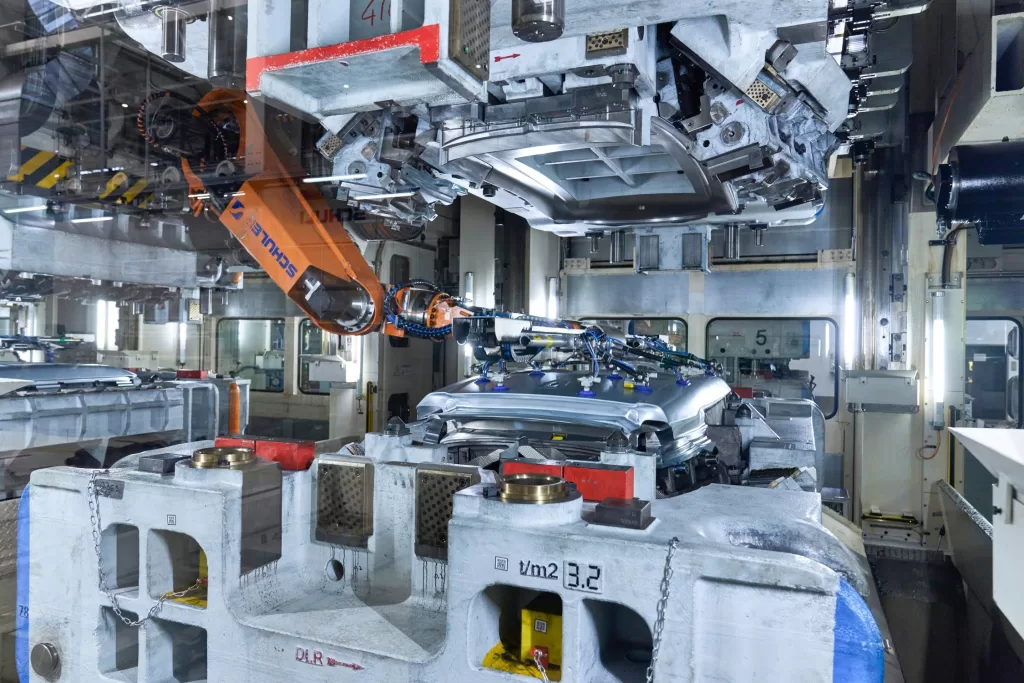
Thanks to its flexible assembly structures, Plant Leipzig is in a position to produce two brands with three different drives – combustion, plug-in-hybrid and fully electric – all on the same production line. The third-generation MINI Countryman will be available with a petrol, diesel or fully electric powertrain, with the high-voltage batteries for the MINI Countryman Electric also being made in Leipzig. It will reach dealerships on 17 February 2024.
Investments and recruitment to increase production volume
The BMW Group has invested some €500 million in Leipzig to increase production volume for new models. Since 2018 the bodyshop, paintshop, assembly and logistics have undergone extensive additions and upgrades, taking production capacity up from 250,000 units previously, to as much as 350,000 units a year at present.
To adapt the production system to MINI-specific requirements, the BMW Group invested around €200 million. Initially approx. 100 MINI Countryman cars a day will roll off the production lines, rising to 500 during the course of next year – in addition to the almost 1,000 BMW cars already coming out of the factory every day. This will not only secure existing jobs but also create up to 900 new ones in vehicle production alone.
Electromobility and MINI production drive development
Another important milestone in the development and extension of Plant Leipzig is its transition to electromobility. “Leipzig remains electric,” says a cheerful Petra Peterhänsel, Plant Director. “With the BMW i3 and i8, we were at the vanguard of e-mobility at the BMW Group, and from 2024, we will be producing our next fully electric car: the MINI Countryman Electric. We will manufacture the high-voltage batteries for it in-house as well.”
Starting next year BMW Group Plant Leipzig will run the entire production process for the current fifth generation of high-voltage batteries. This consists of three stages: cell coating, module production and battery assembly. The five cell coating lines, three module production lines and the first high-voltage battery assembly lines are all in the process of going into operation, with a second high-voltage battery assembly line scheduled for launch in 2024.
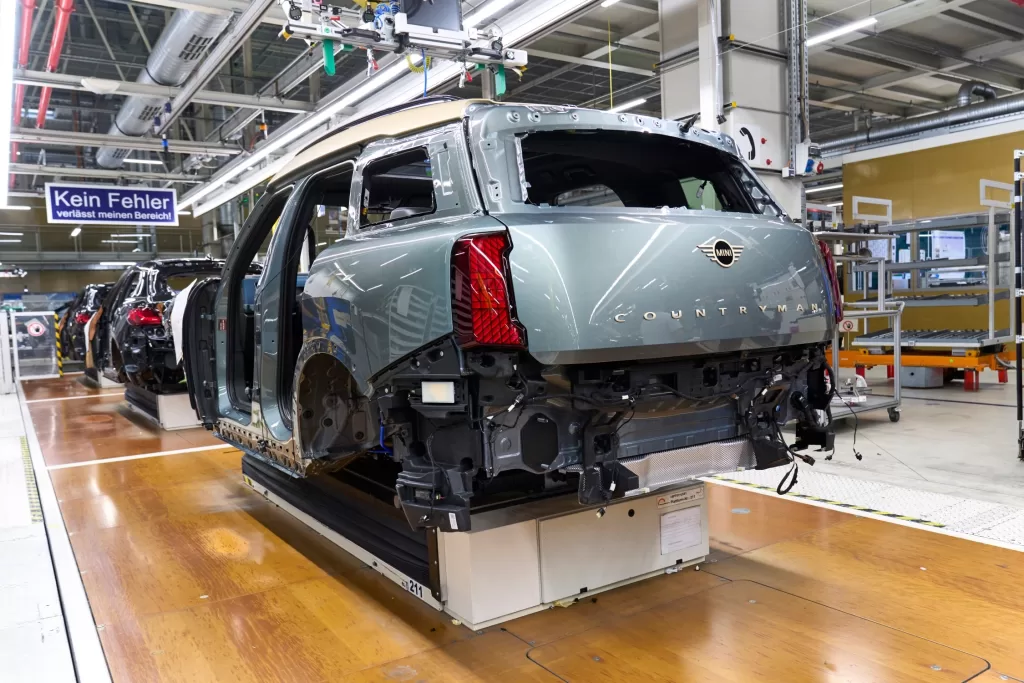
Capacity for e-component production has also been increasing, since 2021, making Plant Leipzig an important a supplier across the BMW production network. The parts are used in fully electric vehicles such as the BMW iX1, BMW i4, BMW i5 and BMW iX. E-component production in Leipzig currently employs over 800 people, and there are plans to develop it further, with investments totalling more than €800 million.
Sustainable materials and production
The MINI Countryman Electric is a major step in the MINI brand’s transition to full electrification by 2030 and combines an electrified go-kart feel with a reduced environmental footprint. In developing the new model, the MINI brand’s responsible attitude was very much in the focus with regard to materials and production: chrome no longer features anywhere in the interior or exterior, and the light-metal alloy wheels are cast from up to 70 percent secondary aluminium. The permanently electrically excited synchronous motors are highly efficient and made entirely without rare earth minerals.
The interior is made purely from innovative, high-quality materials that are easy on the environment. The dashboard, door facias, floor covering and foot mats, for example, are made of recycled textiles. A high-quality alternative to conventional materials such as plastics, recycled textiles reduce CO2 emissions along the value chain and require less water to manufacture.
Innovative painting method for contrast roof
One of the striking design features of the MINI exterior is the contrast roof, which can be ordered in a different colour from the rest of the body. In the MINI Countryman it will be painted using a new, resource-friendly method known as overspray-free painting. Currently being readied for series operation, overspray-free painting does away with the excess paint – or overspray – generated by conventional painting methods and makes surfaces with more than one colour easier to produce, as they no longer require the laborious process of masking. Overspray-free painting also helps save CO2 emissions, as exhaust air from the cabin requires less cleansing. Plus it requires considerably less conditioned air, i.e. air that is brought to a set temperature and humidity. As a result, less energy is needed to temper air and treat exhaust.
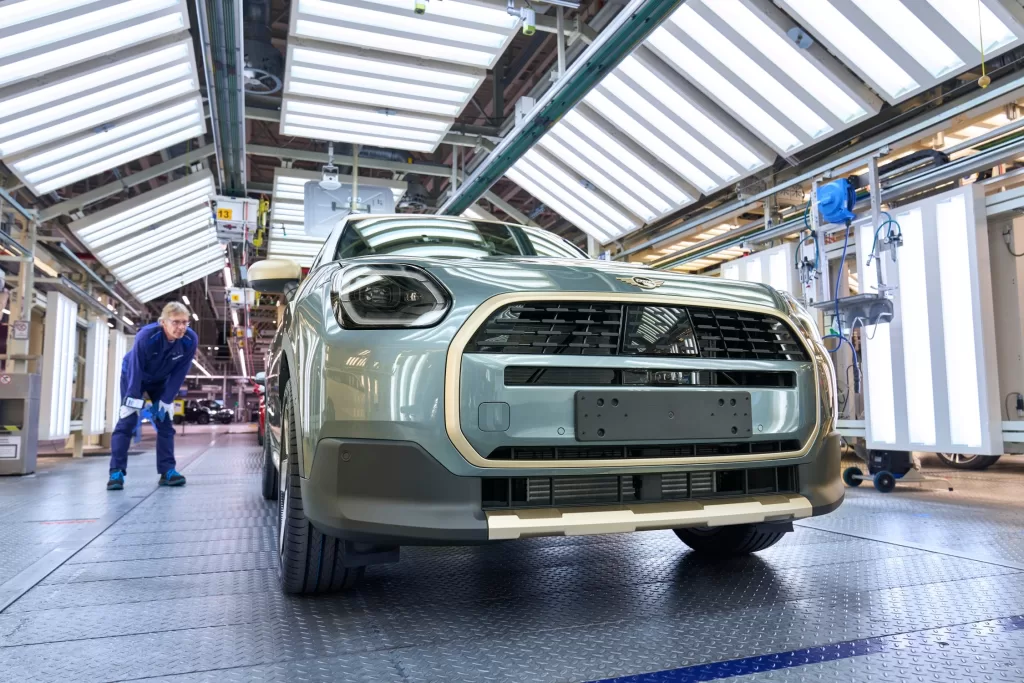
Another sustainable innovation operating at Plant Leipzig is the burner technology used to dry the paint on contrast roofs. Last year Leipzig became the first car plant in the world to pilot the new technology, which can run on not only natural gas but also hydrogen. The flexible burners can burn hydrogen (H2), natural gas (methane – CH4) or a mixture of the two and can even switch between them without having to halt operations. After successful tests, Plant Leipzig has now installed five hydrogen-capable bivalent burners for series operations, which are now being used for the contrast roof of the MINI Countryman. Plans are in place to convert further burners in the paintshop to bivalent operations.
Plant Leipzig – Built for sustainability
At Plant Leipzig, the focus has always been very much on efficient processes and a long-term strategy for energy generation and consumption, ever since planning began. “Sustainability is in the DNA of BMW Group Plant Leipzig. There’s one example that everyone can see: our four wind turbines, which generate electricity for the plant,” Petra Peterhänsel explained. They were erected in 2013 and deliver 10 MW (generating approx. 25 GWh/year). The second milestone came in 2017, when the battery storage farm went on stream. Equipped with up to 700 second-life high-voltage batteries from BMW i3 vehicles, it offers interim electricity storage for energy from the wind turbines and elsewhere, helping to optimise local energy management and stabilise the grid.
“Our vision at Plant Leipzig is to decarbonise production as far as possible by replacing fossil fuels with green hydrogen,” said Petra Peterhänsel, explaining the long-term focus of the facility. This will require sufficient green hydrogen from a grid. A regional hydrogen grid is currently in planning, with Plant Leipzig set to benefit.

